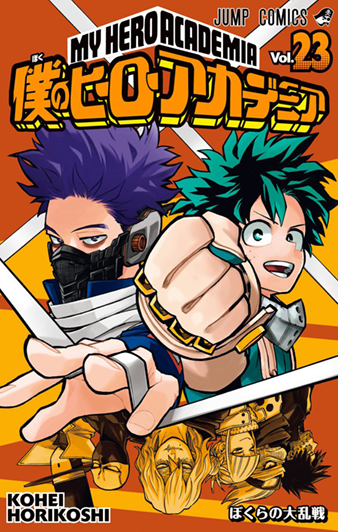
With over 21 million copies sold, this famous hero manga written by Kohei Horikoshi is being serialized in Weekly Shonen Jump! The series is being actively dispersed across multiple representations, such as being recast as anime or game; in summer 2018, the anime movie “My Hero Academia: Two Heroes” made its way to the movie theaters. The movie was a blockbuster with an audience of 1.39 million and brought back over 1.72 billion yen in revenue! A new TV anime series will hit the screen in October 2019, and a second anime movie will also make its way into theaters this winter. This series, without a doubt, is one of the most notable titles on the current market!!

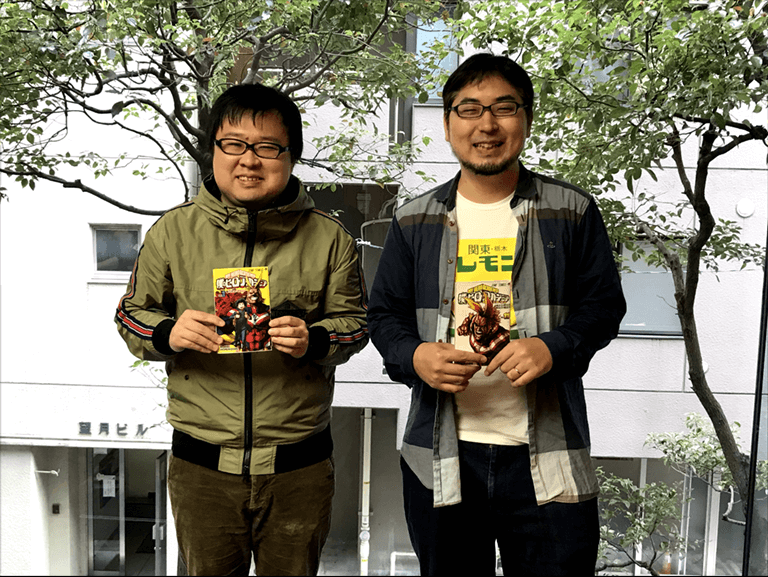


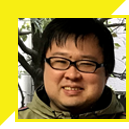
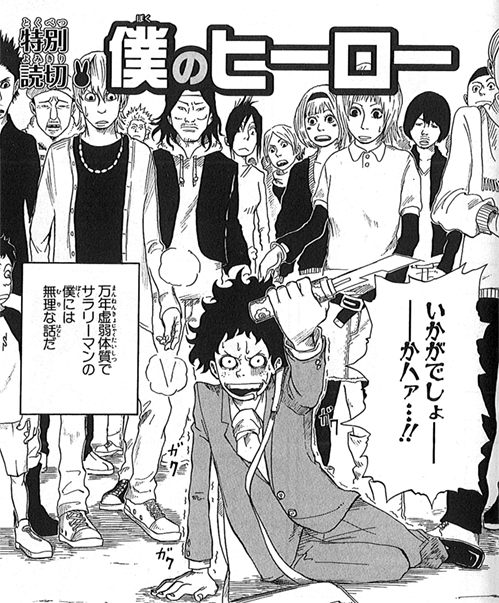
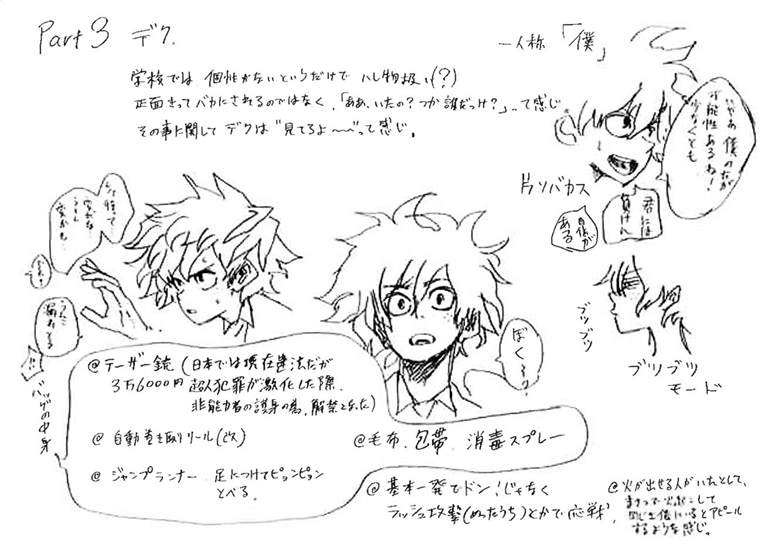

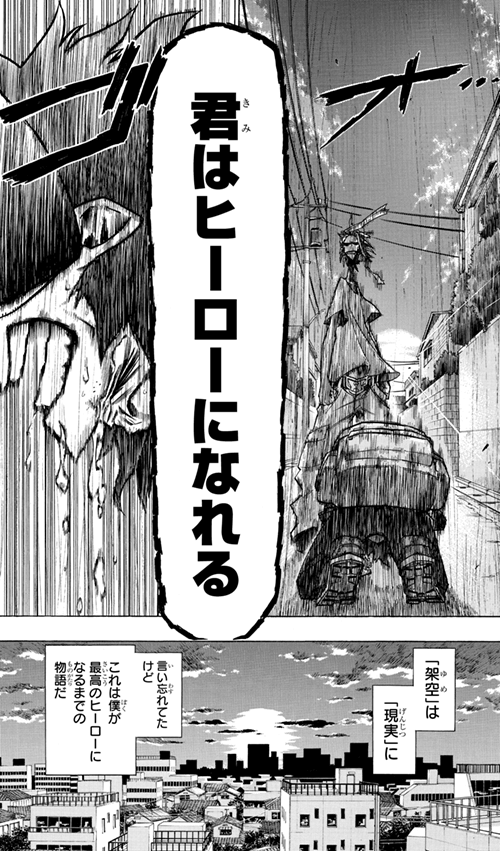
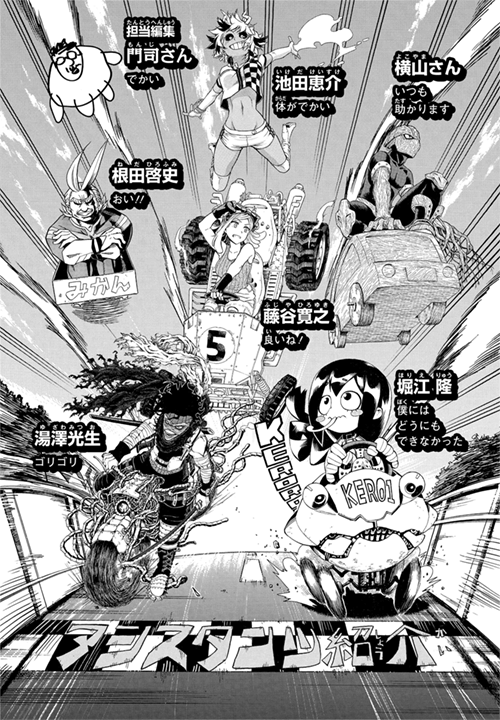

——Was it Horikoshi’s love of “heroes” that inspired him to create the manga?
Koike: I heard that he really likes Sam Raimi’s Spider-Man. Though the first series revolved around zoological parks, the second series resembled a space opera. In terms of movies, the series gave off a Star Wars vibe, so I think that the theme of “heroes” was just one of Horikoshi’s favorite concepts. Of course, I believe the influence of American comics, and works such as Ultraman, or Kamen Rider contributed to his “love of heroes”.